Category Archive: Future
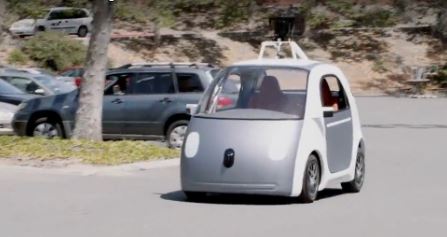
Driverless Cars: Myths and Reality
September 22, 2014
Driverless cars are coming closer to reality every day but they still have a long way to go. It’s going to be some time before governments and auto manufacturers can all agree on a common system that will allow driverless cars to communicate with each other, and the roadway.
Driverless cars could lead to a future with fewer traffic jams, lower commute times, more fuel efficiency, and, most important of all, safer driving. However, a driverless car that’s one hundred percent driverless and one hundred percent safe is probably something that may never be achieved.
Even the best of the driverless cars being tested on the road today can’t operate in adverse weather conditions such as heavy rain and snow. Could a computer algorithm accurately predict the actions of a drunk pedestrian trying to cross the road?
Anyone who’s had a cellphone call dropped due to a momentary loss of signal can imagine what the challenges for a driverless car could be. A pack of different types and sizes of driverless vehicles traveling at interstate speeds can’t afford to drive through a wireless signal blind spot.
Who is ultimately responsible if a crash should occur? Will the blame for human error in a crash pass from the driver to the computer programmer who wrote the car’s operating code? Who gets sued in a traffic crash; the owner of a driverless vehicle who assumed it was safe to travel under the influence or the cell phone company whose signal was lost?
To better understand the promise and fears of driverless cars, read: 8 truths and myths of driverless cars
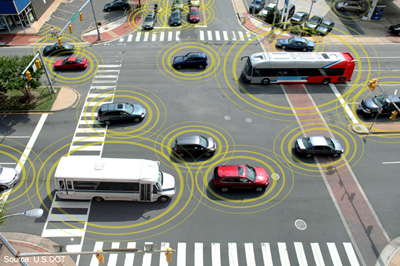
Cars Should Talk To Each Other Say Feds
August 22, 2014
Cars should talk to each other says the National Highway Transportation Safety Administration (NHTSA) and they announced earlier this week that they want to begin taking steps to allow cars to do just that.
Known as Vehicle-to-Vehicle communication, or V2V, the system would broadcast a vehicle’s speed and position to other vehicles nearby. According to NHTSA, the proposed system wouldn’t actually take steps to stop cars or take over steering if another vehicle came too close, it would only warn the driver if another vehicle appeared to be on a possible collision path. They also stressed that the system would not track a vehicle’s movements and it wouldn’t exchange or record personal information; the cars will only talk to each other.
Although it will take years to bring it to market, NHTSA feels that a system of this type would go a long way toward preventing most common types of crashes such as rear-end or left-turn collisions. Read more: Cars Talking to Each Other Will Save Lives, the Feds Say

Hackers Offer Suggestions For Hacker Proof Cars
August 19, 2014
A group of computer hackers calling themselves “I Am The Cavalry” have written an open letter to automakers calling on them to develop automobile computer systems that are hacker resistant. With cars growing ever more dependent on computer technology, the group expressed fears that hackers could infiltrate a car’s computer system and cause a crash. Continue Reading
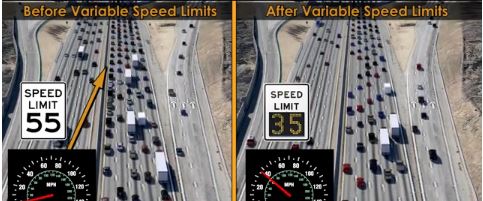
Getting There Faster By Going Slower On The Interstate
August 14, 2014
Slower speeds on the interstate might just get you home faster. At least that’s what traffic engineers in Atlanta hope. In a new program that has already shown some success in Washington State, computer controlled variable speed limit signs are being added to the northern portion of I-285; otherwise known as the perimeter highway that circles the city of Atlanta. Continue Reading

The Drivers Of This Car Really Can’t Afford To Be Distracted
June 25, 2014
Researchers in Germany are working on a system that allows drivers to control a car with their minds. In tests using the system, test subjects “drive” at speeds up to 30 mph with their hands in their laps, braking and making turns with their thoughts alone. If developed, this system could allow a new source of freedom to the disabled but there’s no place for a distracted driver behind the wheel. Read more: Mind-control: ‘I drove a car with my thoughts’
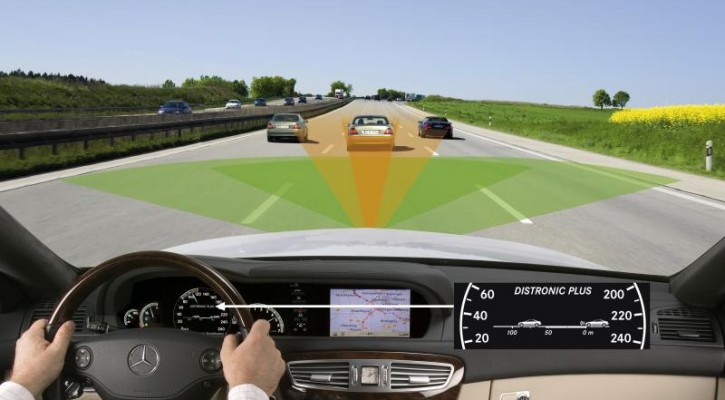
Collision-Avoidance Technology Will Fundamentally Change Auto Industry
June 4, 2014
Until now, automotive safety technology has primarily focused on protecting the occupants inside a vehicle in the event of a crash but, with new collision-avoidance technology, the focus is changing to avoid the crash altogether. This technology won’t only affect the vehicle but also the industry that has built up around motor vehicle crashes. Will insurance, lawyers, and body shops no longer be needed? Read more: Who Needs Auto Insurance?
Photo compliments of Daimler.com
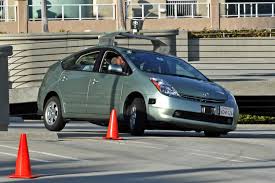
California DMV Sets Rules For Driverless Cars
May 29, 2014
The California DMV has laid out a set of rules for vehicle manufacturers seeking to test driverless cars on California highways. Drivers must be in the seat, ready to take over and manufacturers must post a $5 million bond. Read more: DMV Lays Out Rules Governing Self-Driving Car Tests

Google Unveils Its Own Car: There’s No Steering Wheel Or Brake
May 28, 2014
Google has been at the forefront in driverless car technology using specially adapted Toyotas to test its technology. They recently unveiled their own design for a driverless car that has no steering wheel or brake pedal, just two buttons. Read more: Google’s new driverless car has no brakes or steering wheel
Photo courtesy of Google
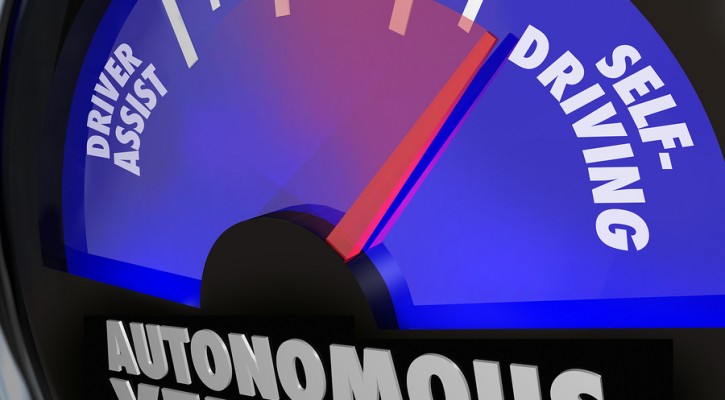
Who Takes The Blame In An Autonomous Car Crash?
April 30, 2014
With fully automated vehicles on the horizon, the Intelligent Car Coalition and the Insurance Institute for Highway Safety will be meeting to discuss who will take the blame in a car crash once the vehicle’s actions are taken out of the driver’s hands. Read more: The ‘Blame Game’ for Automated Vehicles

Dutch Engineers Look At New Ways to Light Roads
April 25, 2014
A pair of Dutch civil engineers are proposing some radical new methods to light roads. They propose to make unlighted rural roads safer by painting road edge and lane markings with luminescent paint that draw energy from the sun and then glow up to 10 hours in the dark. They also propose to use temperature sensitive paint that will illuminate to warn drivers of icing on the roads and road edge lighting powered by passing vehicles. Read more: Motorway of the future uses glow-in-the dark road paint
